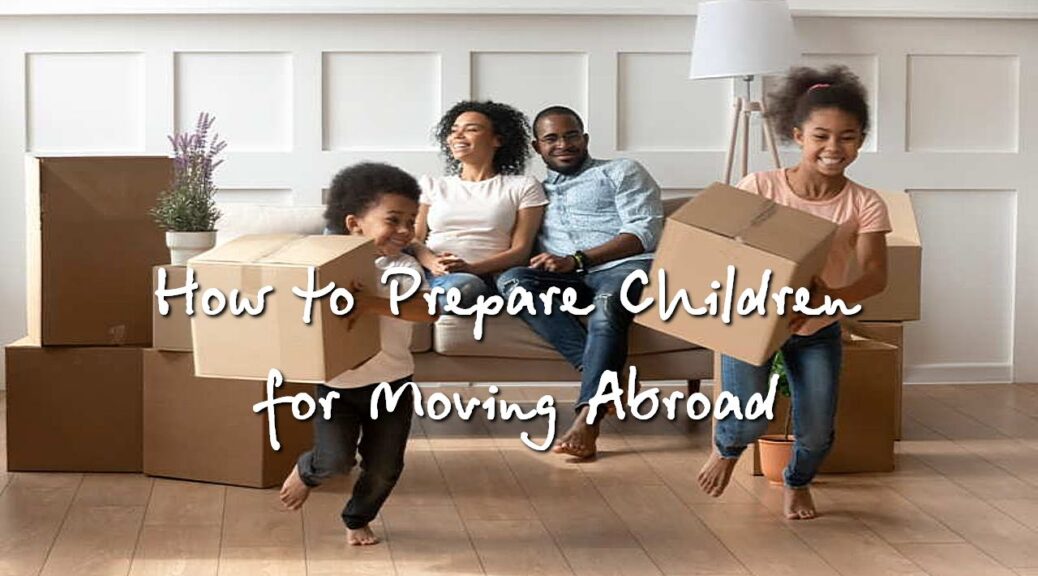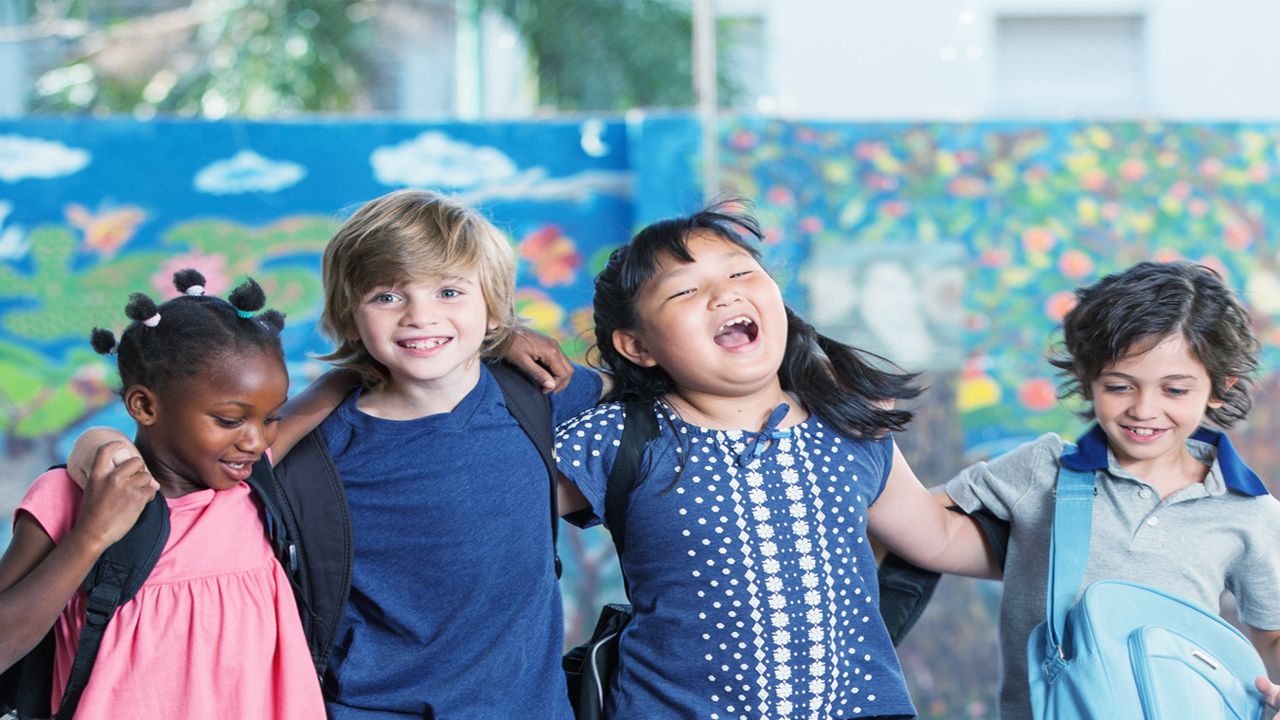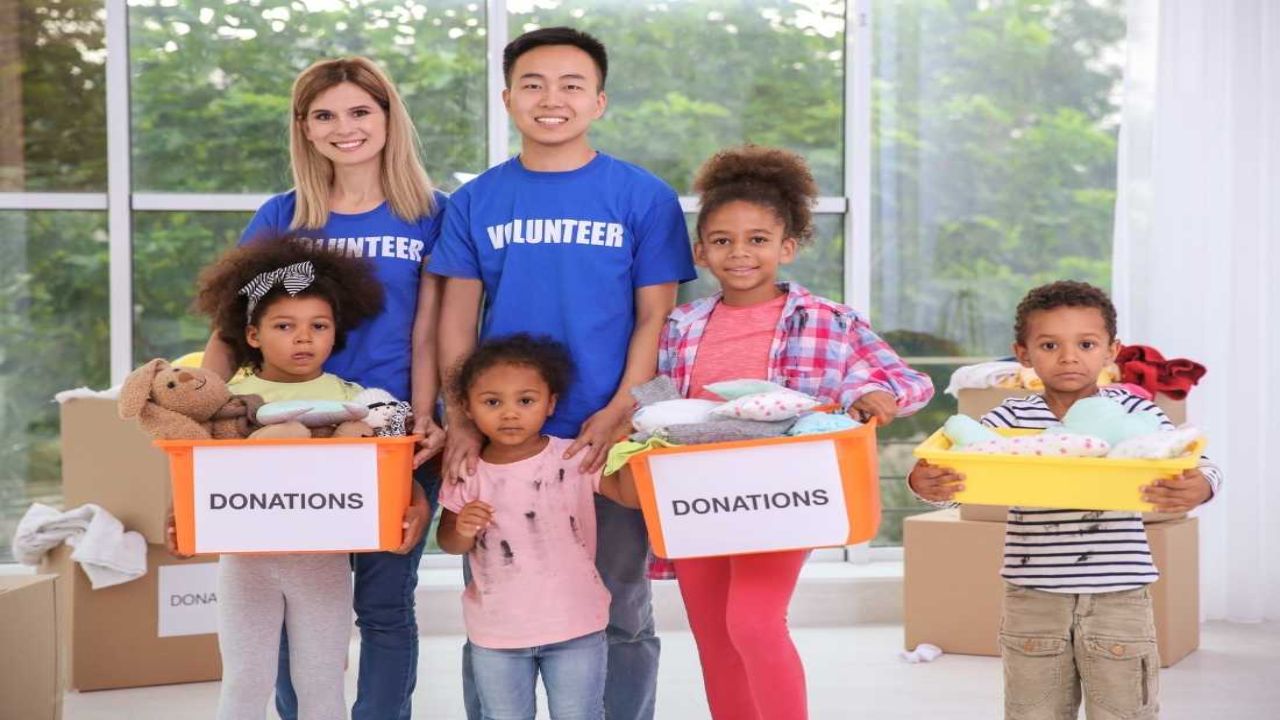
How to Prepare Children for Moving Abroad
Moving abroad can be a significant life event for children, presenting both exciting opportunities and potential challenges. As a parent, it’s crucial to prepare your children for this transition with care and sensitivity. Here are some essential steps to help you navigate the process of preparing your children for an international move.
Open Communication

Effective communication is the cornerstone of preparing children for a move abroad. Engage your children in open and honest conversations about the upcoming change. Encourage them to express their feelings, concerns, and expectations. Talk about international schools in Singapore, for example, and new opportunities they can enjoy in new surroundings. Be attentive to their reactions and provide reassurance, emphasizing the positive aspects of the move. Creating a safe space for dialogue will foster a sense of trust and understanding.
Research Together
Involve your children in the research phase of the move. Explore information about the new country, its culture, language, and daily life. Use this as an opportunity to ignite curiosity and excitement. Visit the library or explore online resources together, and encourage questions. Familiarizing your children with the destination will help demystify the unknown and make them feel more connected to their new environment.
Maintain Routines
Children thrive on routines, and upheavals like moving abroad can disrupt their sense of stability. As much as possible, try to maintain familiar routines during the transition. This might include consistent meal times, bedtime rituals, or weekly family activities. Establishing a sense of continuity can provide comfort and stability amid the changes.
Involve Them in Planning

Empower your children by involving them in the planning process. Allow them to contribute ideas on aspects such as room decoration, choosing new schools, or planning family outings in the new location. When children feel a sense of control and participation, they are more likely to embrace the change positively.
Address Concerns and Fears
It’s natural for children to have concerns and fears about moving abroad. Take the time to address these apprehensions and provide reassurance. Discuss specific aspects such as making new friends, adapting to a new school, or learning a new language. Offer practical solutions and share stories of successful transitions to help alleviate their worries.
Cultural Sensitivity and Diversity
Highlight the value of cultural sensitivity and diversity. Introduce your children to the concept of a global community and the richness that comes from embracing different cultures. This can foster an open-minded perspective, making the adjustment to a new environment more seamless.
Create a Farewell Ritual
Help your children say goodbye to their current home by creating a farewell ritual. This could involve a special family dinner, a photo album of memories, or a goodbye party with friends. Acknowledging the significance of leaving while celebrating positive experiences can aid in closure and pave the way for a smoother transition.
Stay Connected
Technology makes it easier than ever to stay connected with loved ones. Encourage your children to maintain relationships with friends and family through video calls, emails, or social media. Knowing they can stay in touch with familiar faces can provide a sense of continuity and support.
In conclusion, preparing children for an international move requires a thoughtful and inclusive approach. Open communication, involvement in the planning process, and addressing concerns with empathy can help make the transition a positive and enriching experience for the entire family.